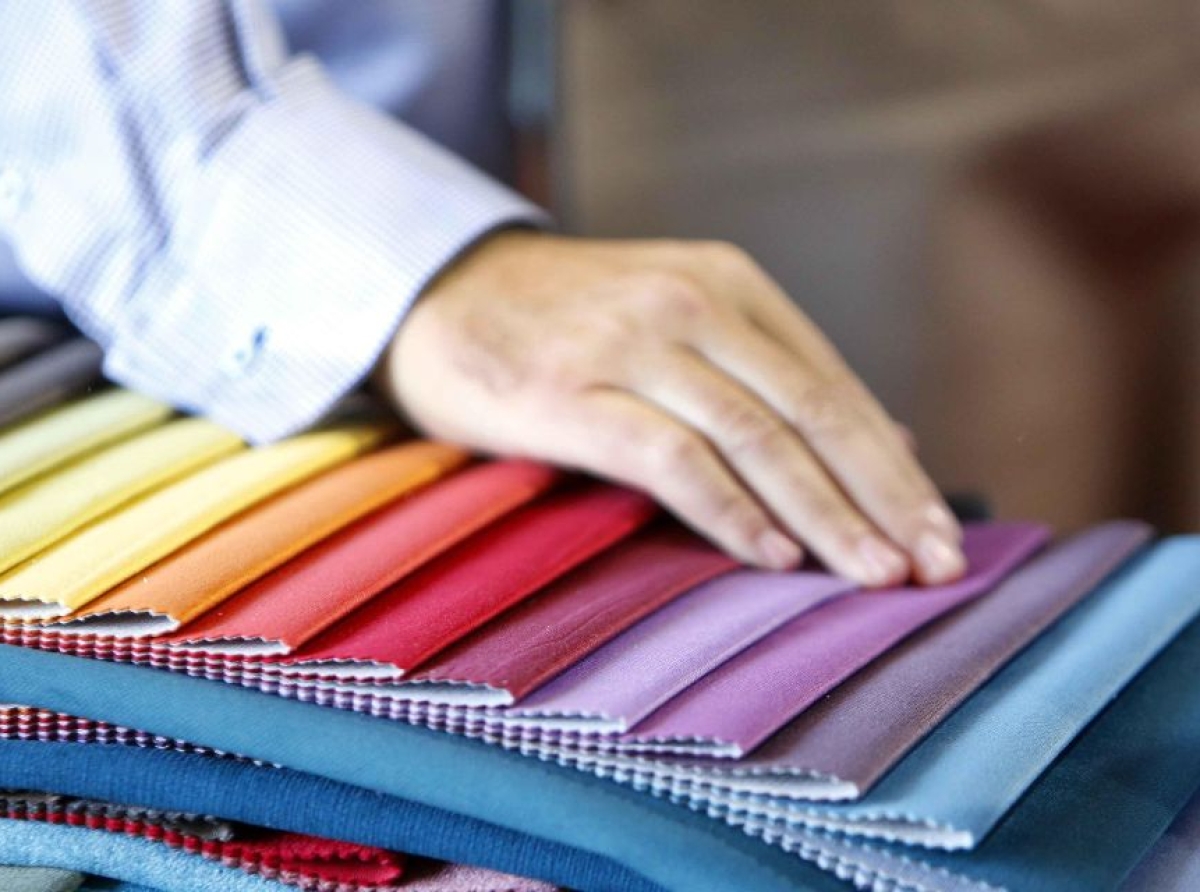Key Trends Propelling the Demand in Textile Staples Market

16 September 2023, Mumbai
The global textile staples market is expected to grow at a CAGR of 5.5% from 2023 to 2033, reaching US$ 290.6 billion by 2033.
The key drivers propelling the growth of the market include:
Growing demand for sustainable textiles: Consumers are increasingly becoming more aware of the environmental impact of their clothing choices. As a result, there is a growing demand for sustainable textiles made from natural staple fibers such as cotton, wool, and jute.
Rising disposable incomes:
Rising disposable incomes in developing countries are fueling the growth of the apparel and home textile industries, which are major consumers of textile staples.
Technological advancements: Technological advancements in the textile industry are leading to the development of new and innovative products made from textile staples. For example, recycled polyester is increasingly being used to produce sustainable clothing and other textile products.
Disadvantages Associated with the Use of Synthetic Fiber
Despite the many advantages of synthetic staple fibers, such as polyester and nylon, they also have some disadvantages that could slow the growth of the market.
These disadvantages include:
Poor hygroscopicity: Synthetic staple fibers have poor hygroscopicity, which means that they do not absorb moisture well.
This can make them uncomfortable to wear in hot and humid conditions.
Flammability:
Synthetic staple fibers are flammable, which means that they can catch fire easily. This is a safety concern, especially for clothing and other textile products that are used in high-risk environments.
Ability to retain odors:
Synthetic staple fibers can retain odors, which can make them unpleasant to wear.
2018 to 2022 Textile Staples Market Outlook Compared to 2023 to 2033 Forecast
The global textile staples market witnessed growth at a CAGR of 4.2% from 2018 to 2022.
The growth of the market is expected to accelerate in the coming decade, driven by the factors mentioned above.
Demand Outlook for the United States Textile Staples Market
The United States textile staples market is expected to grow at a CAGR of 3.2% from 2023 to 2033.
The key drivers of the growth of the market include:
A shift from commodity goods to specialized products:
Textile manufacturers in the United States are shifting from producing commodity goods to specialized products such as technical textiles.
This is likely to boost the demand for textile staples, as technical textiles are made from high-performance fibers that have specific properties.
Growing demand from the healthcare sector:
The demand for textile staples from the healthcare sector is growing, driven by the increasing use of medical textiles in applications such as wound care, surgery, and drug delivery.
Why is China Considered the Most Remunerative in the Global Market?
China is the world's largest producer and consumer of textile staples. The country accounts for about 70% of the share of textile staples in East Asia.
The rapid growth in the construction and industrial sectors in China is anticipated to propel the consumption of textile staples.
As a result, China is expected to be the most lucrative market for textile staples over the forecast period.
Competitive Landscape
The global textile staples market is highly competitive, with a number of leading players such as DuPont, Eastman, and Lenzing AG.
Key manufacturers are strategically increasing their global market presence by penetrating into emerging economies to set up manufacturing units to decrease operating costs and maximize profit.
Epilogue
The global textile staples market is expected to grow at a robust pace in the coming decade, driven by the increasing demand for sustainable textiles, rising disposable incomes, and technological advancements.
China is expected to be the most lucrative market for textile staples over the forecast period.
CREDITS: Future Market Insights report
























